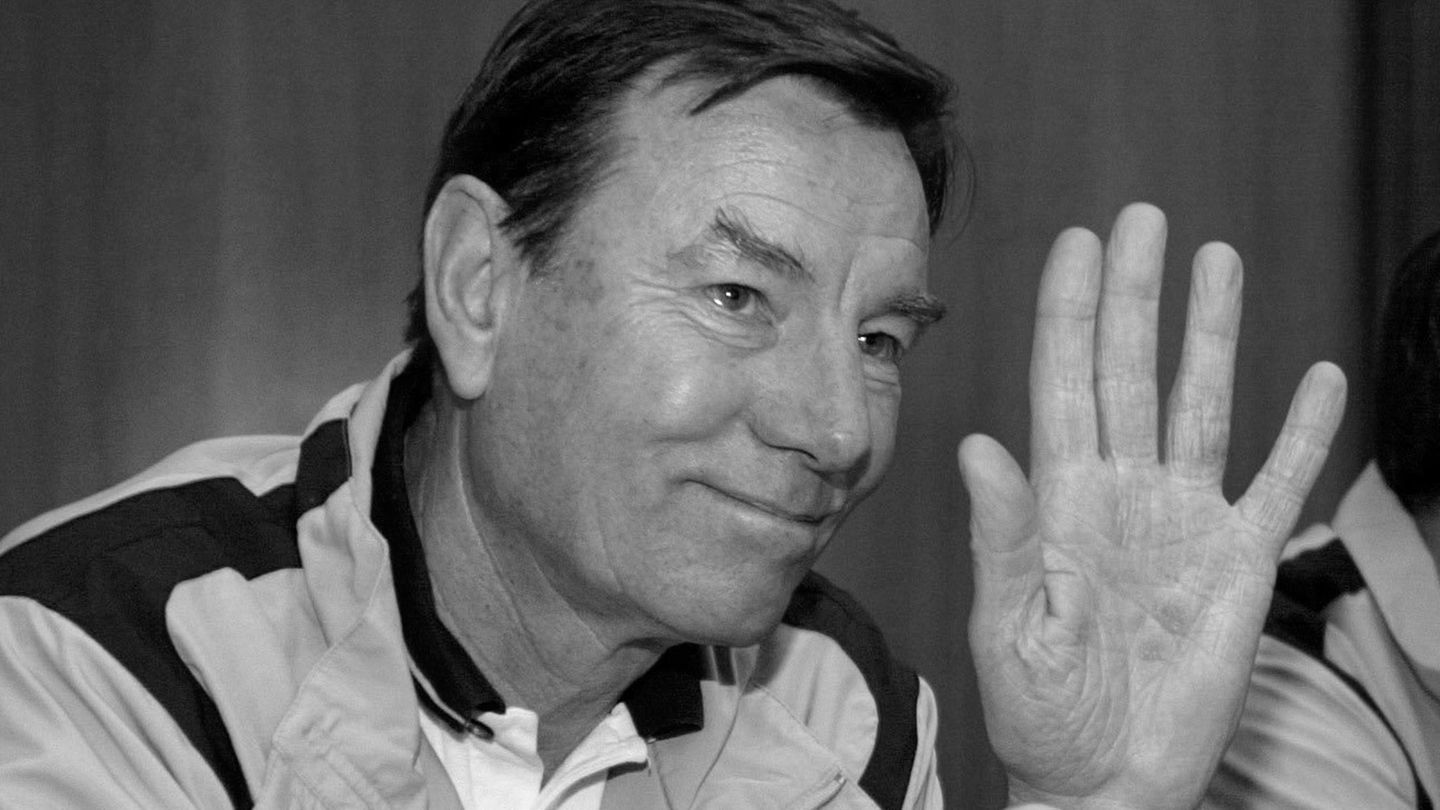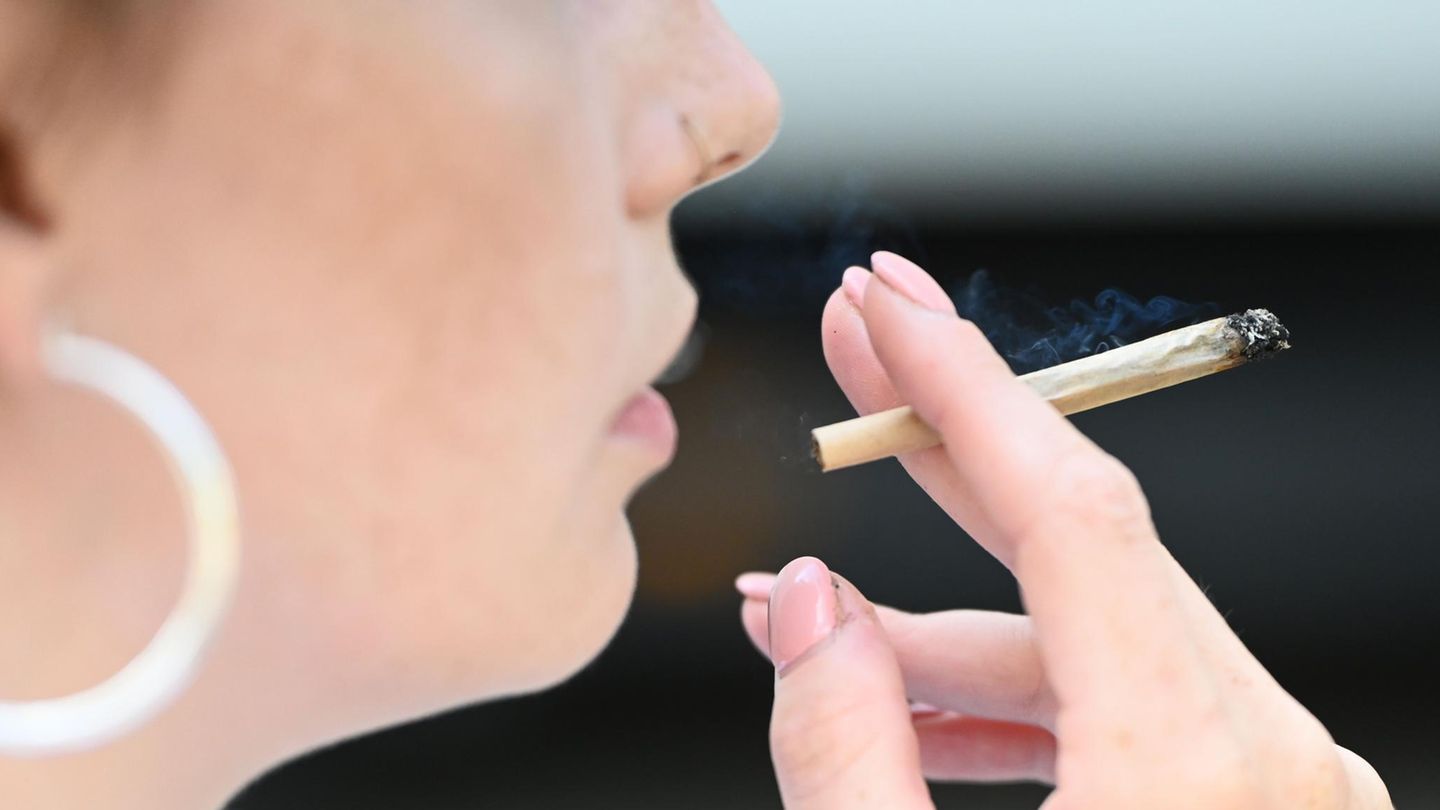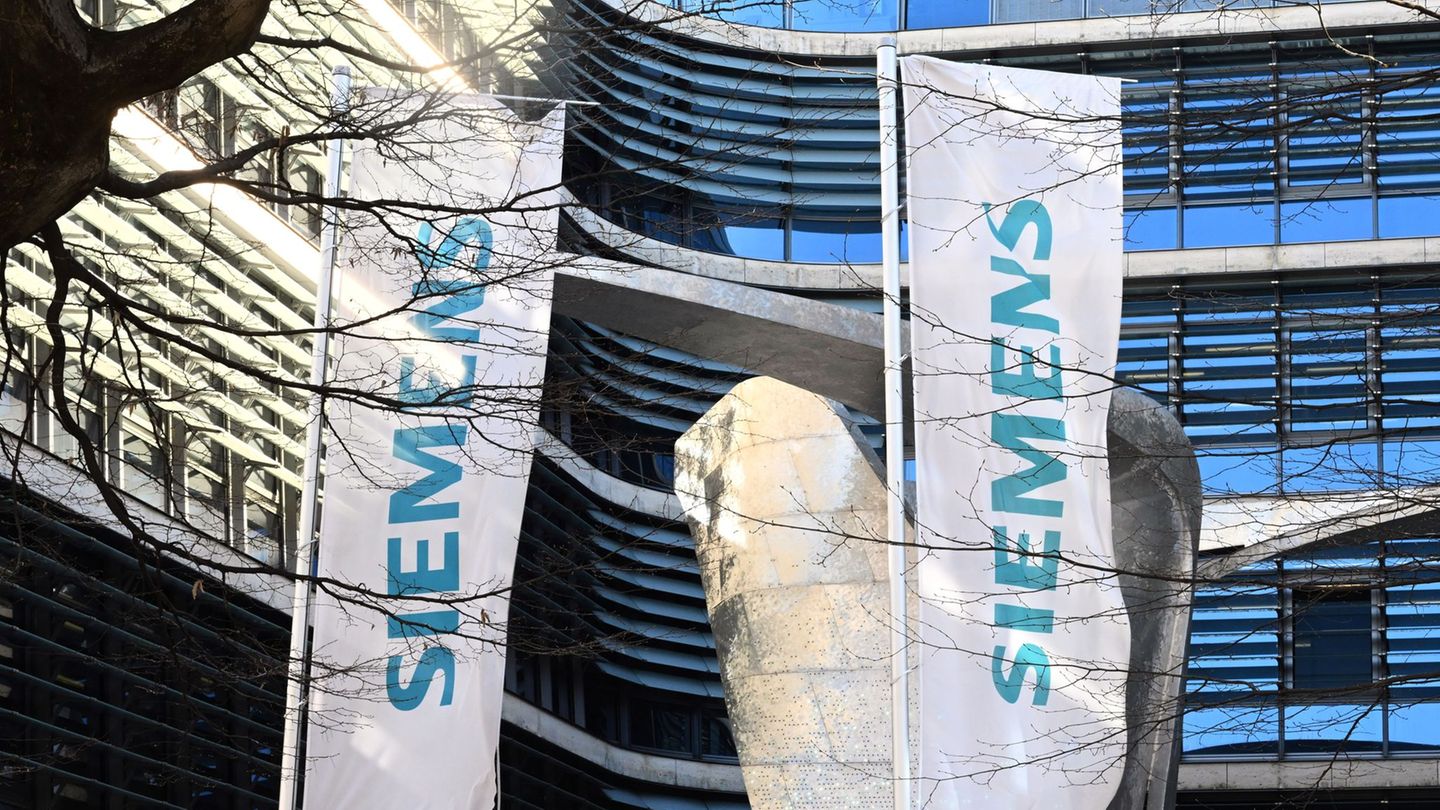analysis
AfD leader Alice Weidel’s power plan
Copy the current link
As candidate for chancellor, Alice Weidel wants to lead the AfD to second place in the federal election. After that, the final journey into government should begin. Target year: 2029
The results of the party conference in Riesa seem clear enough. The AfD chose Alice Weidel as its candidate for chancellor, who presented herself more aggressively than ever before.
And the party decided on a particularly extreme election program. In it she explicitly calls for the so-called remigration of foreigners, the exit from the Eurozone and the end of climate change and Russia sanctions. Among other things.
The AfD has not become more compatible with other parliamentary parties. Quite the opposite. In her speech, Weidel made a conspicuous effort to sound at least as radical as the right-wing extremist Björn Höcke.
Even Götz Kubitschek seems integrated into the party
So does this mean that the party leadership wants to continue its fundamentally oppositional course undeterred? Not necessarily.
Rather, there is a kind of four-year plan: the AfD should be able to govern by 2029.
The external impression certainly speaks for further self-radicalization. When the delegates chanted “Alice for Germany,” they not only quoted the campaign slogan “Time for Germany.” The choir was more likely to be following the similar-sounding SA slogan “Everything for Germany”, for whose use Höcke was famously convicted twice.
It was fitting that Götz Kubitschek walked through the hall in Riesa and chatted with delegates and party officials in a natural pose. Not so long ago, the publisher who has been advising Höcke for more than a decade was considered an outsider; He was once even refused membership in the party. Now it seems fully integrated.
And yet: In Riesa, the AfD finally completed the second stage of its evolution. After the two-year founding phase, it had continuously radicalized since 2015 and at the same time established itself as a permanent fixture in almost all parliaments.
The AfD now has sovereignty over the discourse in parts of society. In the East German countryside, it even claims cultural hegemony in many places.
The more extreme, the better: that was the party’s strategy at this stage. And this with success. If the surveys are confirmed, the AfD could become the second strongest force in the federal election. In order to achieve this goal, Weidel significantly increased her already considerable level of demagoguery in Riesa.
The self-built firewall
But the price for this is high. The AfD excludes itself from any creative power. Almost twelve years after its founding, there is no government involvement anywhere in sight; At the same time, the party remains far from an absolute majority.
The so-called firewall that Weidel likes to complain about in her songs of sacrifice: she helped build it herself.
That’s why the AfD will go into the third stage after the election on February 23rd and initiate a change in strategy. The Fratelli d’Italia in particular have shown how to come to power with verbal radicalism but tactical flexibility.
Weidel wants to further professionalize the AfD’s appearance and structure and at the same time protect it from possible ban proceedings. In this regard, an important step was taken in Riesa: the split from the openly right-wing extremist Junge Alternative.
Höcke is in the minority
Instead, a youth association should be established based on the model of the SPD, which is defamed as a “cartel party”. This means that in future all AfD members up to the age of 36 will automatically belong to the youth organization.
This is exactly where the strategic conflict in Höcke emerged at the weekend. The Thuringian state leader wanted to have the issue postponed – and failed. In the end, the necessary two-thirds majority for the necessary change to the statutes was easily achieved.
This proved once again: the future of the party does not belong to Höcke, but to the candidate for chancellor and the next generation allied with her. These include EU parliamentary group leader René Aust, deputy Bundestag parliamentary group leader Sebastian Münzenmaier and Brandenburg state chairman René Springer.
Her plan is to establish Weidel as the sole chairwoman in the next board election in 2026. A general secretary from the boys’ network would then discipline the party on their behalf.
The AfD will also have to disarm in terms of content in order to be able to dock in the medium term. Already in Riesa, the demand for a Dexit, i.e. an exit from the European Union, disappeared from the election program at the request of Aust and others. And that should only be the beginning.
At the same time, the party is likely to try to establish models of tolerance, especially in the East German parliaments. In Saxony, where the CDU leads a minority government, things could move towards partial toleration after the federal election. The same would then be possible in 2026 after the state elections in Saxony-Anhalt and Mecklenburg-Western Pomerania.
Hoping for Trump, Kickl and Le Pen
However, coalitions as junior partners would still be dangerous for the AfD for the time being. The BSW example shows that the necessary search for compromises automatically comes at the expense of the radical populist profile in the federal government.
At the same time, the AfD can hope that the global circumstances will continue to develop in its favor, with a US President Trump, an FPÖ Chancellor Kickl and perhaps even a French head of state Le Pen. There will also be crises, wars and the reliable coalition conflicts let what the AfD thrives on grow: anger and fear.
Aust put it this way on Sunday with a view to the JA’s split: “After society – as you can see in the surveys – is moving towards the AfD, the AfD is moving towards society with its professionalization.”
Alice Weidel would be ready for power in 2029
By the 2029 federal election, the political mood and the AfD are expected to move towards each other in such a way that the self-proclaimed alternative appears to have no alternative. Alice Weidel would then be 50 – and ready to govern.
But for all of this to work, the AfD must first be successful on February 23rd. Anything below the recent European election result of almost 16 percent would be considered a defeat. From 18 percent onwards most people would probably be satisfied.
But only a result of around 20 percent, with a clear second place behind the Union, would be considered the triumph that Weidel needs to expand her leadership position – and implement her power plan.
Source: Stern
I have been working in the news industry for over 6 years, first as a reporter and now as an editor. I have covered politics extensively, and my work has appeared in major newspapers and online news outlets around the world. In addition to my writing, I also contribute regularly to 24 Hours World.





